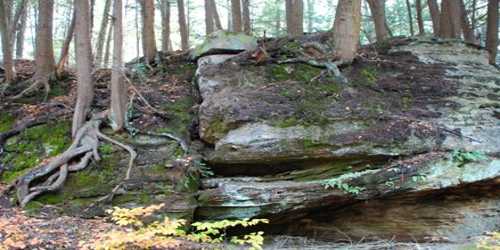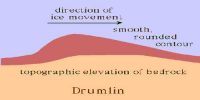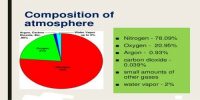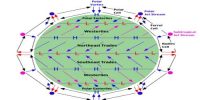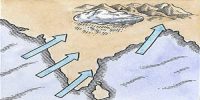Biological weathering is contribution to or removal of minerals and ions from the weathering environment and physical changes due to growth or movement of organisms. It is the weakening and subsequent disintegration of rock by plants, animals and microbes. Plants and animals release acid forming chemicals that cause weathering and also contribute to the breaking down of rocks and landforms.
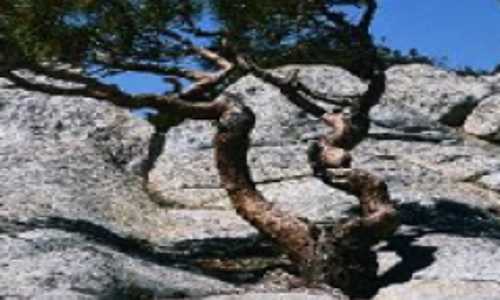
Bun-owing and wedging by organisms like earthworms, termites, rodents etc., help in exposing the new surfaces to chemical attack and assists in the penetration of moisture and air. Human beings by disturbing vegetation, ploughing and cultivating soils, also help in mixing and creating new contacts between air, water, and minerals in the earth materials. Decaying plant and animal matter help in the production of humic, carbonic and other acids which enhance decay and solubility of some elements. Algae utilize mineral nutrients for growth and help in concentration of iron and manganese oxides. Plant roots exert a tremendous pressure on the earth materials mechanically breaking them apart.
